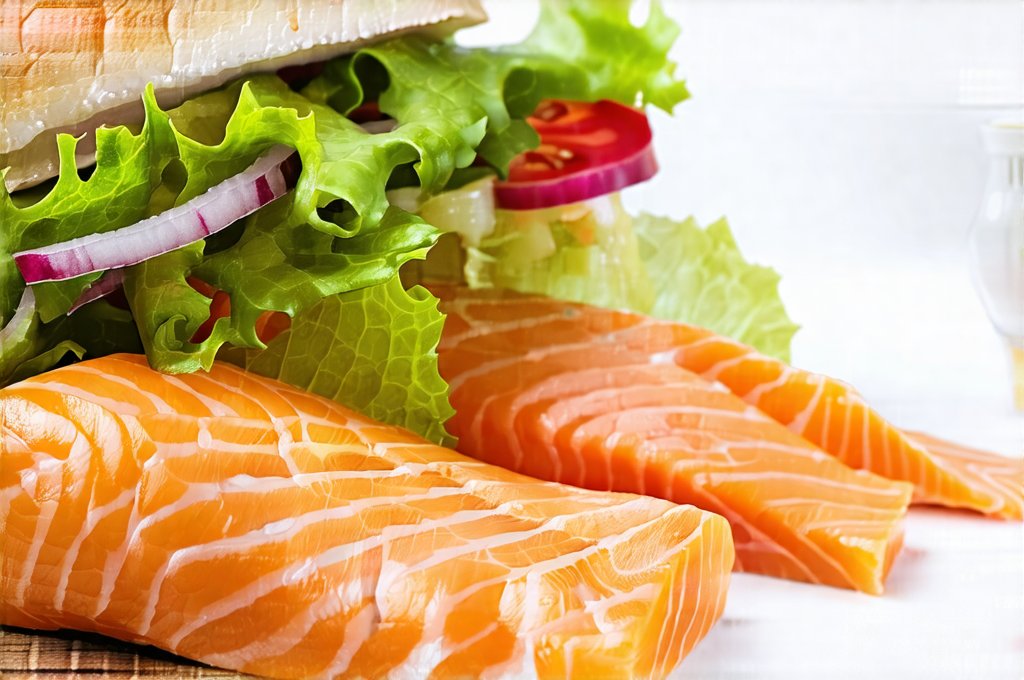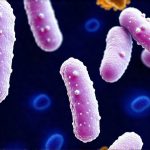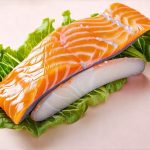The experience of ongoing indigestion – that uncomfortable feeling of fullness, bloating, heartburn, or nausea – is incredibly common, impacting millions worldwide. While often dismissed as a minor inconvenience or attributed to occasional overeating, persistent indigestion can significantly diminish quality of life and even signal underlying health concerns. Many people intuitively attempt dietary adjustments when faced with this issue, but the complexities of digestion are such that seemingly healthy changes can sometimes exacerbate problems. A surprisingly influential factor in chronic indigestion isn’t necessarily what we eat, but rather the combination of macronutrient ratios – specifically high fat intake – alongside a lack of sufficient fiber in our diet.
Understanding why this particular pairing is so problematic requires delving into the mechanics of digestion and how different food components interact within our digestive system. Fat, while essential for numerous bodily functions, demands more complex processing than carbohydrates or proteins. Fiber, on the other hand, plays a crucial role in regulating the speed of digestion, adding bulk to stool, and fostering a healthy gut microbiome. When high-fat foods are consumed without adequate fiber, it creates a scenario where the digestive system is overwhelmed and potentially compromised, leading to prolonged discomfort and ongoing indigestion symptoms. This isn’t about demonizing fat itself; it’s about recognizing how its digestion is affected by the absence of a key supporting element – dietary fiber.
The Digestive Process & Fat’s Role
Digestion begins in the mouth with mechanical breakdown and enzyme activity, but the majority of the work happens further down the digestive tract. Carbohydrates are broken down relatively quickly, while proteins require more effort. However, fat digestion is uniquely demanding. It relies heavily on bile, a fluid produced by the liver and stored in the gallbladder, to emulsify fats into smaller droplets, making them accessible for enzymatic breakdown by pancreatic lipase. This process takes time, and it’s significantly slowed down if there isn’t sufficient stimulation of gallbladder contraction. – Bile release is stimulated by CCK (cholecystokinin), a hormone triggered by fat in the small intestine. – Pancreatic lipase then breaks down the emulsified fats into fatty acids and glycerol for absorption. – The entire process can take several hours, creating a longer digestive transit time compared to other macronutrients.
A diet consistently high in fat places a continuous burden on the liver and gallbladder, potentially leading to sluggish bile production or gallstone formation over time. Furthermore, without fiber present to slow down digestion overall, these fats can overwhelm the system, causing delayed gastric emptying (the rate at which food leaves the stomach) and increased pressure within the digestive tract. This creates the perfect environment for uncomfortable bloating, gas, and heartburn. Think of it like a traffic jam in your gut; too many ‘cars’ (fat molecules) trying to move through without adequate space or flow regulation (fiber).
The Fiber Deficiency Factor
Dietary fiber is often touted for its role in regularity, but its benefits extend far beyond simply preventing constipation. There are two main types of fiber: soluble and insoluble. – Soluble fiber dissolves in water forming a gel-like substance which slows down digestion, helps regulate blood sugar levels, and can lower cholesterol. Sources include oats, beans, apples, and citrus fruits. – Insoluble fiber adds bulk to stool and promotes movement through the digestive tract. Sources include whole grains, vegetables, and wheat bran. Both types are vital for optimal digestive health.
When fiber intake is low, the entire digestive process accelerates, leaving less time for fats to be properly emulsified and broken down. This incomplete digestion can lead to malabsorption of fats, resulting in symptoms like diarrhea or steatorrhea (fatty stools). More importantly, a lack of fiber means there’s no ‘bulking agent’ to slow the transit time, allowing undigested fat to reach the colon more rapidly. This can irritate the gut lining and contribute to inflammation, exacerbating indigestion symptoms over the long term. Fiber also feeds beneficial bacteria in the gut microbiome, creating a healthier environment that supports efficient digestion; a fiber-deficient diet starves these helpful microbes. It is important to understand why indigestion can follow meals with multiple courses.
The Gut Microbiome Connection
The relationship between our digestive health and the trillions of microorganisms residing in our gut – collectively known as the gut microbiome – is increasingly recognized as crucial for overall well-being. A diverse and balanced gut microbiome aids in digesting complex carbohydrates, producing essential vitamins, and even regulating immune function. – High-fat diets, particularly those low in fiber, have been shown to negatively impact the composition of the gut microbiome. They can reduce the abundance of beneficial bacteria like Bifidobacteria and Lactobacilli, while promoting the growth of potentially harmful species.
This imbalance – known as dysbiosis – disrupts the natural digestive process, leading to increased inflammation and impaired nutrient absorption. The resulting inflammatory response can contribute directly to indigestion symptoms, making individuals more sensitive to food triggers and exacerbating discomfort. Furthermore, a compromised gut microbiome weakens the intestinal barrier, increasing permeability (often referred to as “leaky gut”), which allows undigested food particles and toxins to enter the bloodstream, further fueling inflammation. Many look for relief through can low fodmap diets backfire and cause gas?.
Gastric Emptying & Delayed Digestion
As mentioned earlier, high-fat meals slow down gastric emptying – the rate at which food moves from the stomach into the small intestine. This is a normal physiological response, but it becomes problematic when combined with low fiber intake. Without fiber to add bulk and promote efficient peristalsis (the wave-like muscle contractions that move food through the digestive tract), the delayed gastric emptying can lead to feelings of fullness, bloating, and discomfort for hours after eating.
The prolonged stay in the stomach also increases acid production, which can contribute to heartburn and reflux. Furthermore, a consistently sluggish digestive system reduces the ability to effectively absorb nutrients from food, potentially leading to deficiencies over time. This creates a vicious cycle where poor nutrient absorption further compromises digestive function, exacerbating indigestion symptoms. The body essentially struggles to process what it’s given. Sometimes this can lead to why indigestion can lead to temporary loss of appetite.
Inflammation & Visceral Hypersensitivity
Chronic indigestion often leads to inflammation within the gastrointestinal tract. This inflammation isn’t necessarily visible on standard tests; it can be a low-grade, systemic inflammatory response triggered by ongoing digestive stress and gut dysbiosis. Over time, this chronic inflammation can sensitize the nerves in the gut – a phenomenon known as visceral hypersensitivity. – Visceral hypersensitivity means that individuals experience pain or discomfort from normal digestive processes (like gas production or stomach contractions) at a much lower threshold than others.
This explains why some people are more prone to indigestion even with relatively small amounts of high-fat, low-fiber foods. The heightened nerve sensitivity amplifies the perception of discomfort, making even minor digestive events feel intensely unpleasant. Addressing this requires not just dietary changes but also strategies to reduce inflammation and support gut health over the long term, potentially including stress management techniques and probiotic supplementation (under guidance from a healthcare professional). It is important to consider why indigestion symptoms may worsen with age as well. Many are also curious about can you build tolerance with rotation diets. Additionally, people may wonder if why indigestion can mimic chest discomfort is a sign of something serious.


















